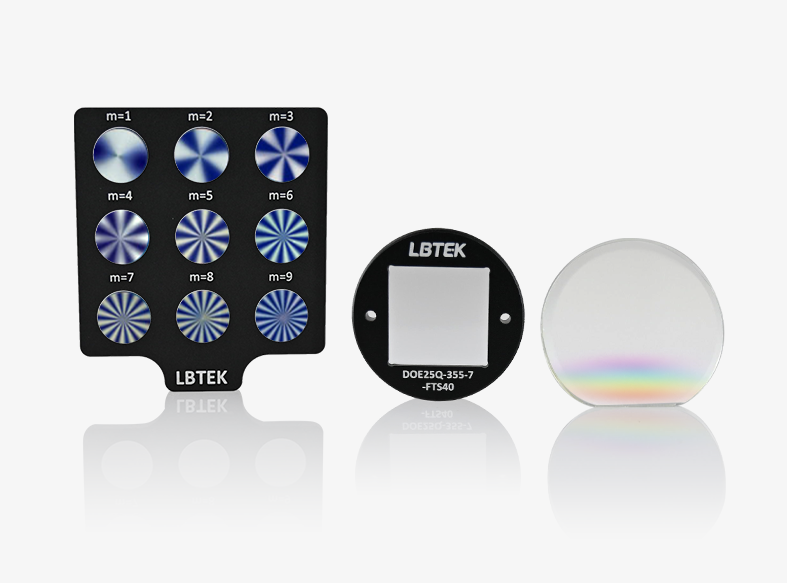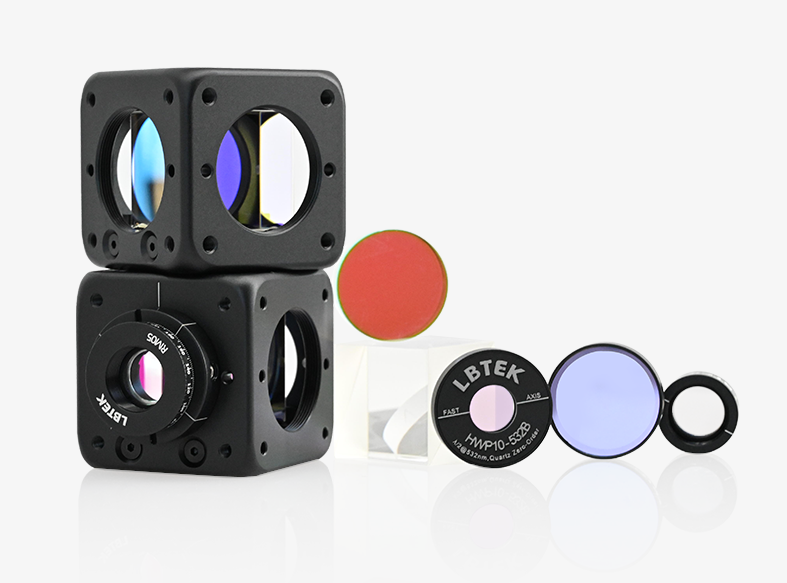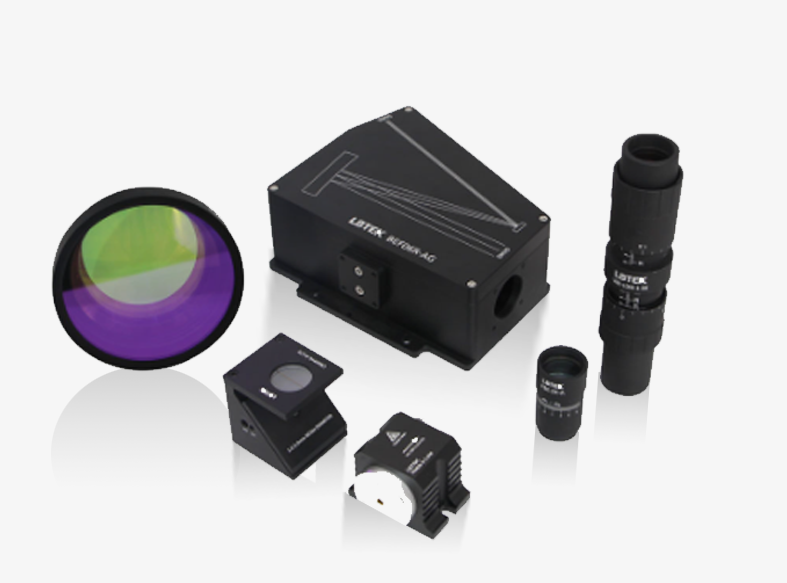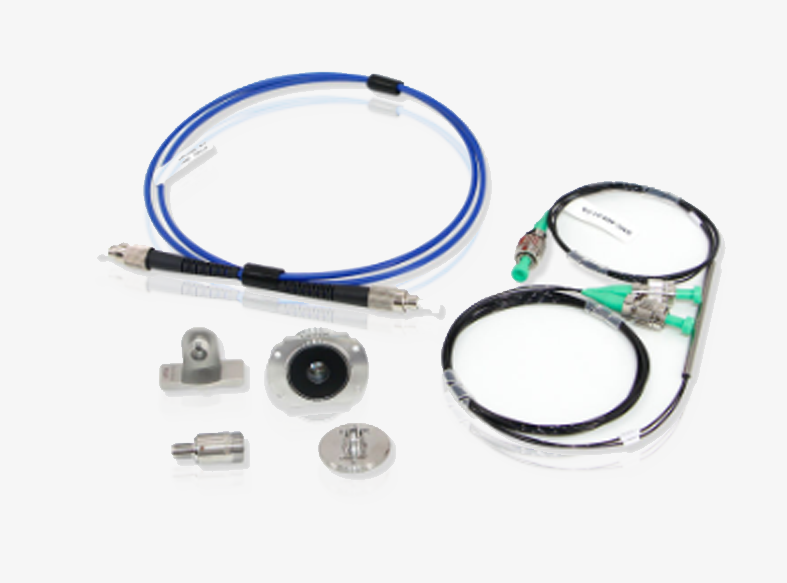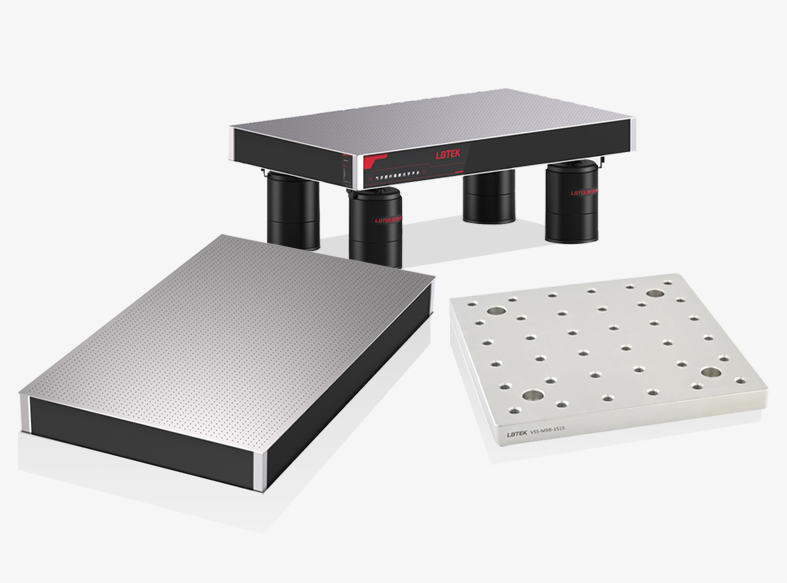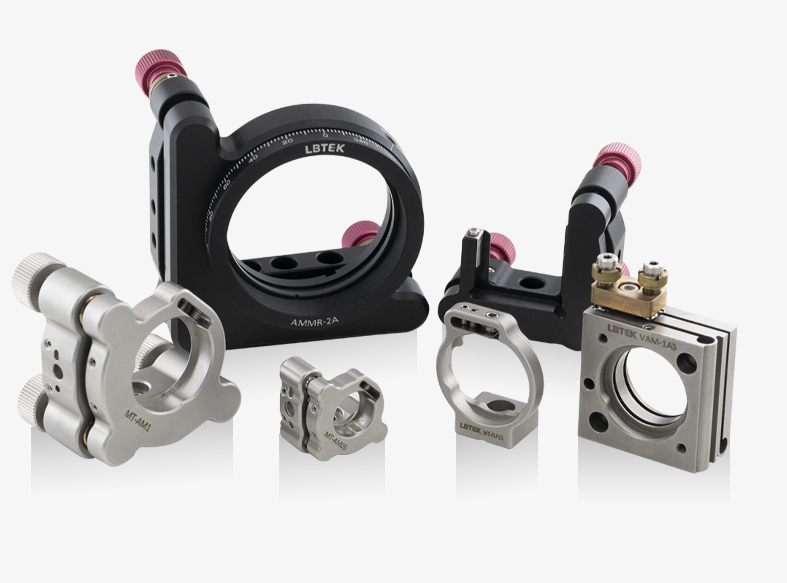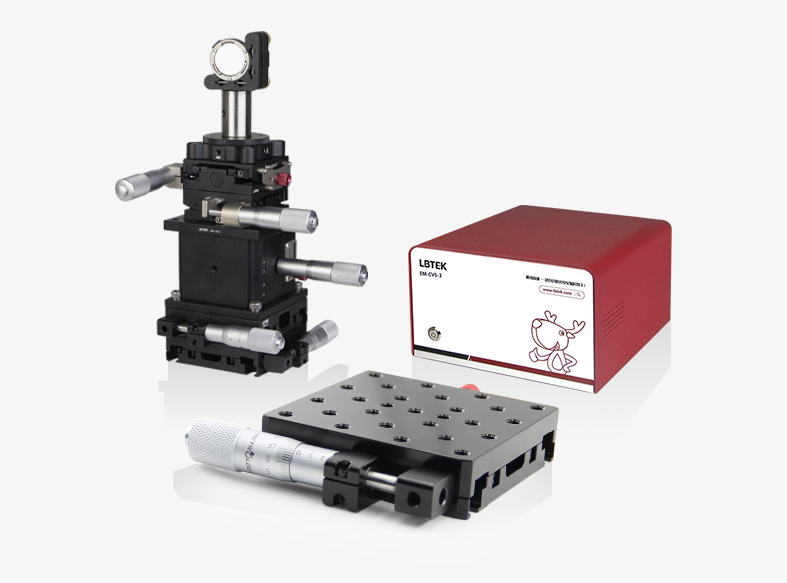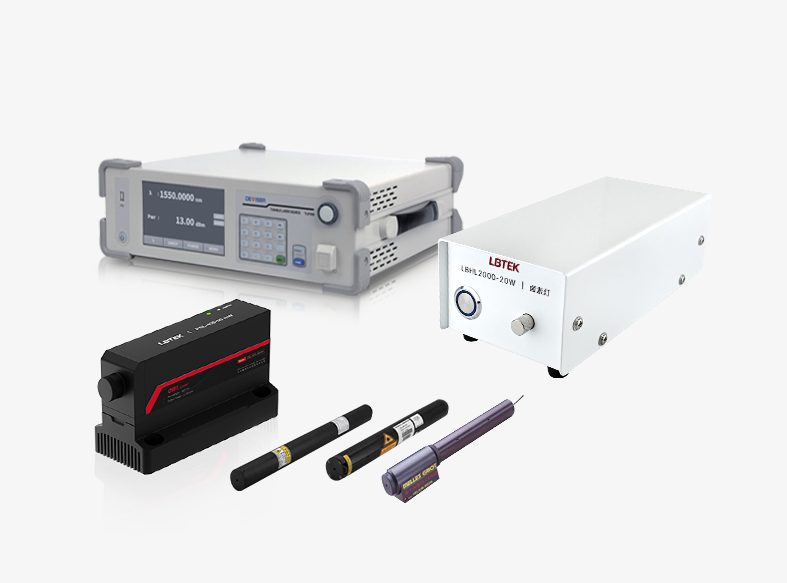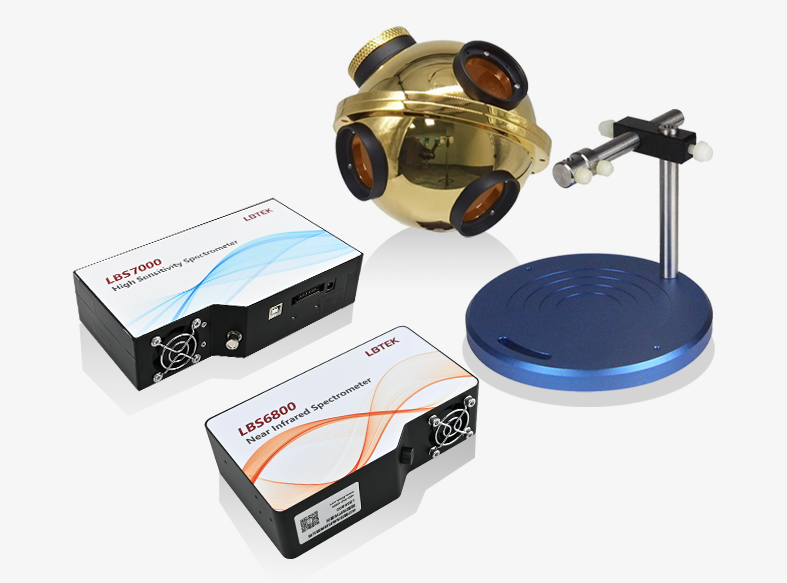Specifications
Tutorial
Feedback
Product Description
- Based on Michelson interferometer
- Features high speed, high resolution, and high sensitivity
- Widely used in ophthalmology, cardiovascular medicine, dermatology, industrial inspection, and other fields
The LBTEK Spectral Domain OCT Teaching System employs a novel tomographic imaging technology characterized by high speed, high resolution, and high sensitivity. It enables non-invasive acquisition of three-dimensional spatial information (X-Y-Z) within samples and has been widely applied in fields such as ophthalmology, cardiology, dermatology, and industrial inspection. This teaching system serves educational purposes in the following five aspects: 1) Practicing the operation of the OCT imaging system, adjusting sample positioning to avoid OCT image artifacts and obtain ideal OCT images; 2) Familiarizing with the characteristics of OCT low-coherence interference spectral fringes, where shallow layers correspond to low-frequency fringe modulation and deep layers correspond to high-frequency fringe modulation; 3) Practicing OCT signal processing and image reconstruction, using FFT to generate OCT 3D images; 4) Practicing OCT image processing, including boundary segmentation, spatial registration, and image recognition; 5) Exploring new OCT technologies and applications.
Spectral Domain OCT Teaching Systems

- Based on Michelson interferometer
- High speed, high resolution, high sensitivity
- Image reconstruction
The LBTEK Spectral Domain OCT Teaching System primarily consists of an OCT engine, a high-performance computer, a scanning system, and a set of pre-installed software. The system is based on a Michelson interferometer, utilizing a superluminescent diode (SLD) with a central sampling wavelength of 840 nm as the light source. The output probe light from the source is split into two beams by a fiber coupler. One beam enters the sample arm, where it is collimated into parallel light by a collimator. The parallel light performs two-dimensional scanning of the sample via a pair of galvanometer scanners and a focusing lens, then returns along the original optical path after being reflected (or backscattered) by the sample. The other beam enters the reference arm, passes through a collimator, lens, and mirror, and returns along the same path. The light from the sample arm and reference arm recombines at the coupler, and the resulting interference spectrum is detected by a spectrometer. Finally, the computer completes the image reconstruction.
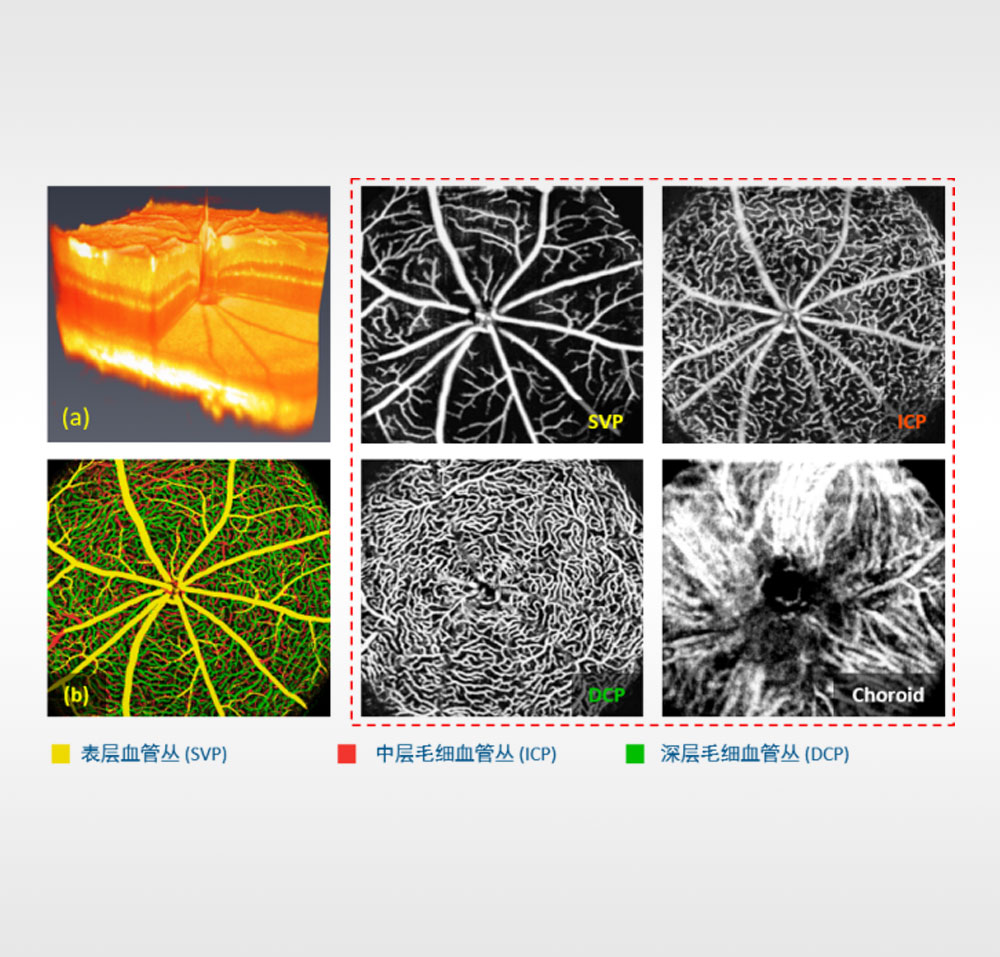
Retinal OCT Structure and OCTA Angiography
Product Model | Operating Wavelength | Axial resolution | Unit Price | Compare | Lead Time | ||
|---|---|---|---|---|---|---|---|
| HF-OCT-SD840-20 | 840 nm | 7 um | Contact | Contact |
